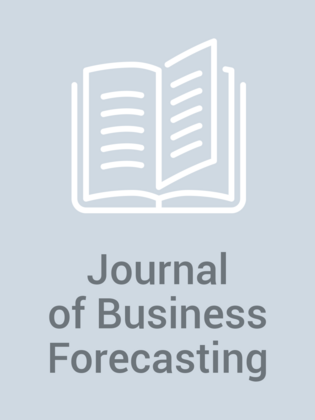Benchmarking Forecast Errors With Your Own Data
BenChMarKinG ForeCast errors with YoUr own Data By Kenneth B. Kahn Shows how a company can establish benchmarks of forecast errors from its own data … there are number of flaws in the benchmark forecast error externally available, including how the error was computed and what the time horizon is … the coefficient of variation calculated from a deseasonalized and de-trended series gives a good proxy of expected forecast error. S S enior management is prone to ask, “What is a reasonable level of forecast error (or forecast accuracy)?” And so the search for a forecast error benchmark begins. Forecasters often turn to published data from industry surveys to answer this question. While offering some insight into what might be an appropriate error level, published survey data typically lack information on the specific formula used by respondents to calculate it. For example, some companies compute mean absolute percent error (MAPE) by using the forecast as a denominator and others use actuals as a denominator. Another issue with published survey data is the level of aggregation at which the forecast error was computed. Some may do it at a weekly level (weekly error); others ...
From Issue:
Summer 2009
(Summer 2009)









